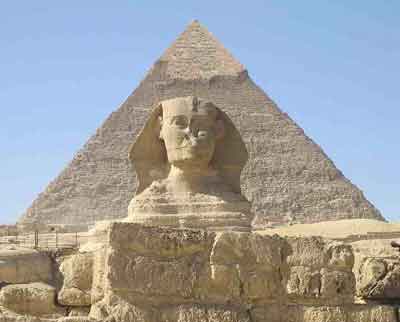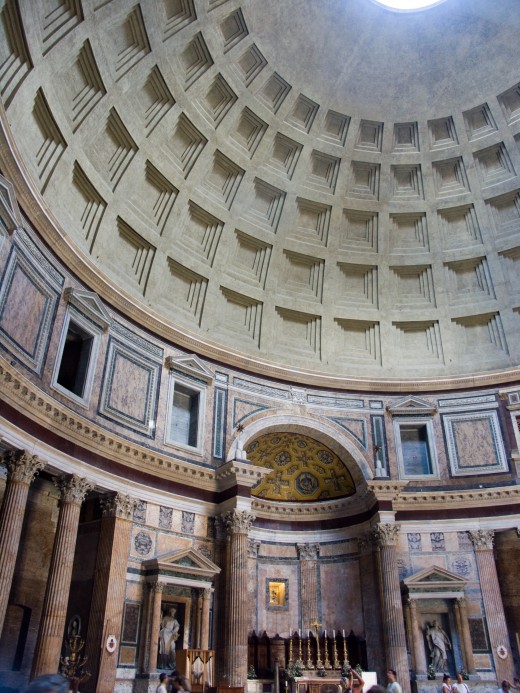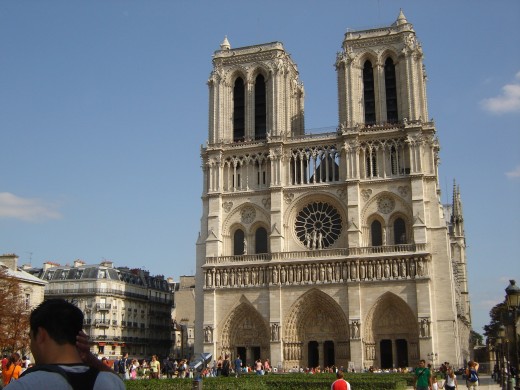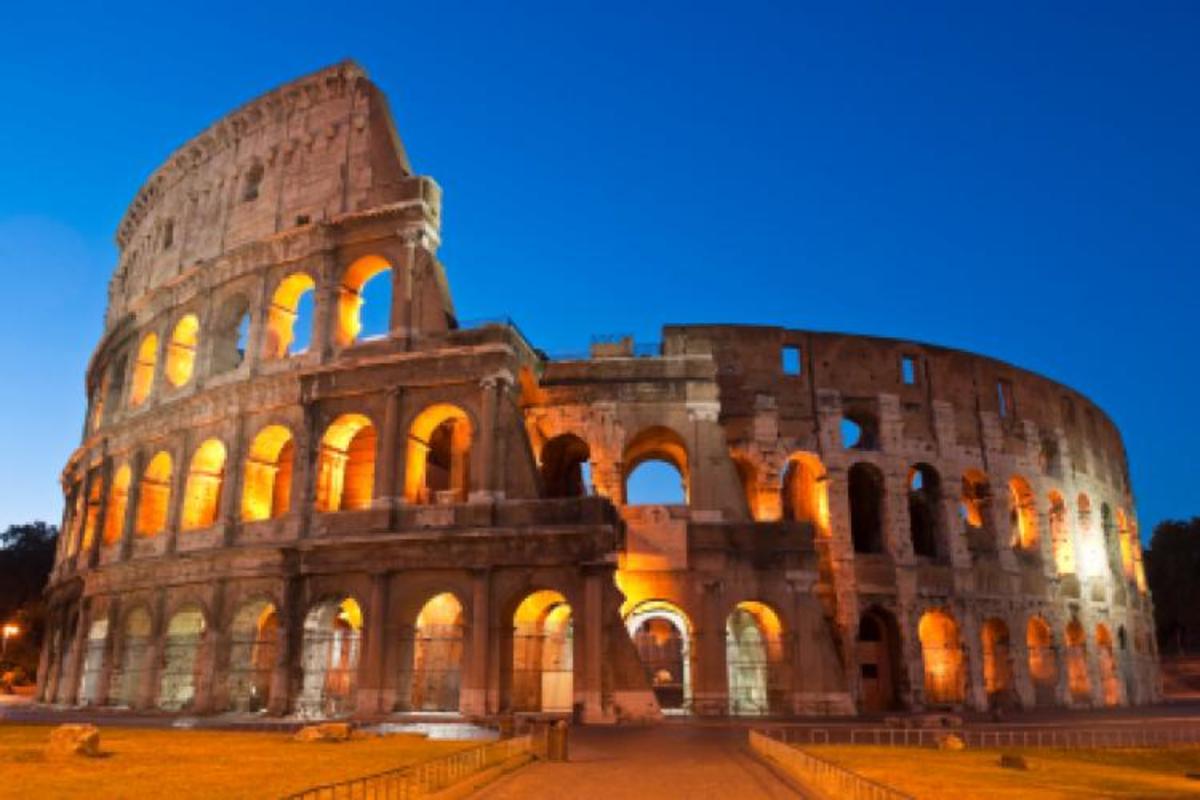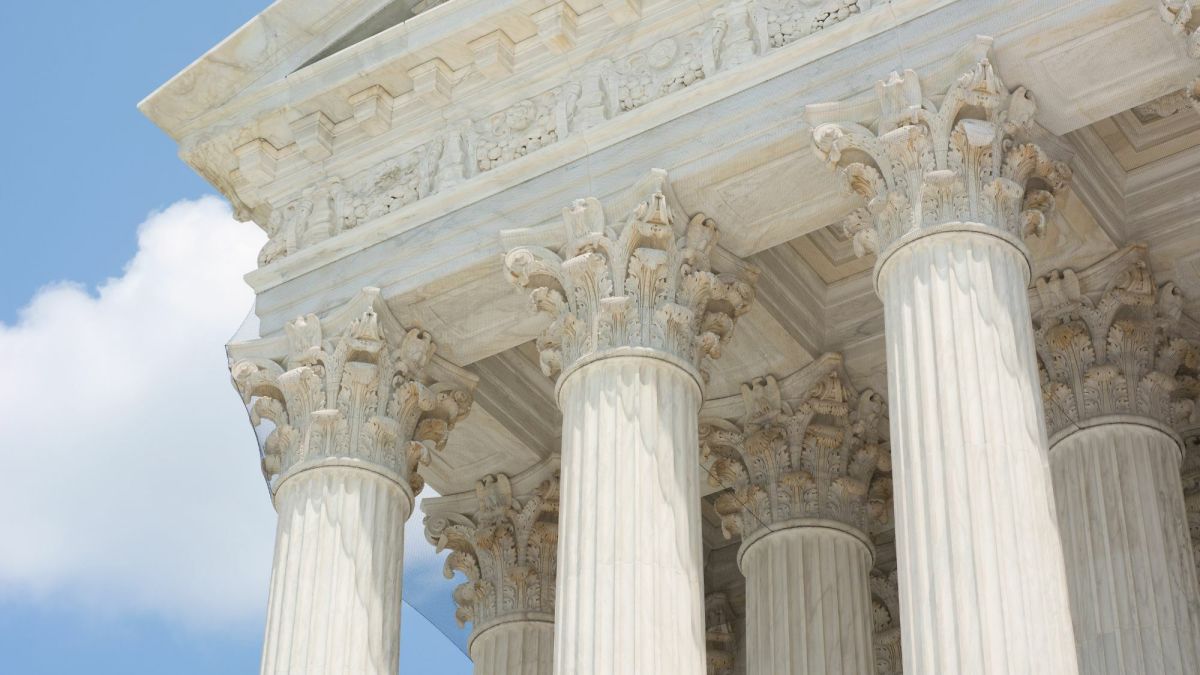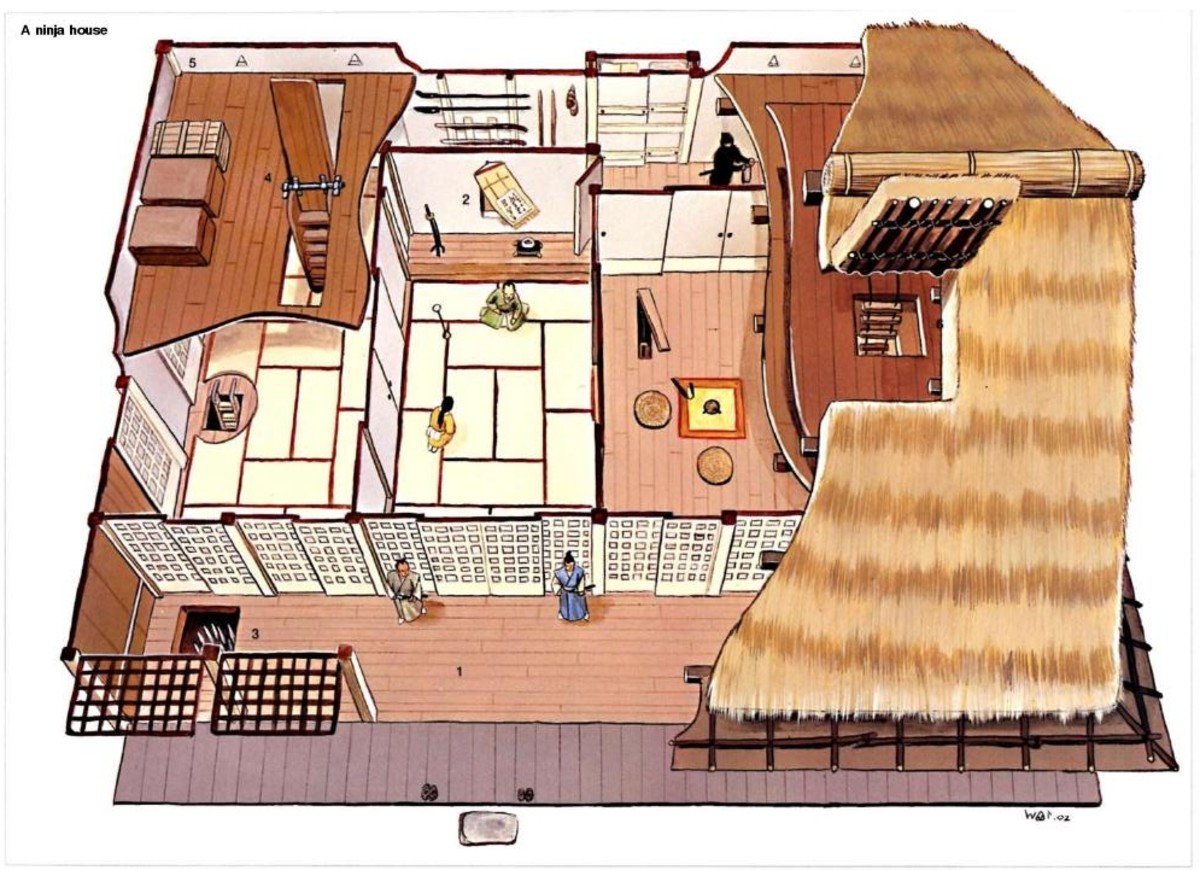Ancient Architectural Monuments in Egypt, Rome, Mecca




WHY MONUMENTS MATTER
Since ancient times, societies have erected monuments to honor the parts of their civilization they considered to be most important. For most cultures, monuments are a way to recognize the God or Gods of the people of the area. The monuments are first designed as a type of recognition of the deity then they are used by the people of the area to worship and respect the diety. In tumultuous times and eras of change, countries often attack the monuments of other countries to strike at the heart of what is important to the area. Such attacks can cause great patriotism among the united people of the area. In contrast, monuments are sometimes attacked and altered by leaders to create changes in the fundamental practices of the people of an area. Monuments which were once pagan in essence are sometimes reconstructed as Christian, for example, in order to usurp the power they once had and to reclaim it in the name of a different religion. In other words, monuments are frequently considered to be a symbolic source of power and are treated as such by the leaders of an area in order to influence the people there. Let’s look at the pyramids of Egypt, the Pantehon of Rome, the Kaaba and the Notre Dame de Paris to get a better idea of the historic significance of great monuments over time.
PYRAMIDS OF EGYPT
The pyramids of Egypt have amazed visitors to the area for decades, not simply because they are a historic site and a popular tourist destination but rather because the fact that they could be built by hand, without the assistance of modern technology, is stunning to the average person. The pyramids were constructed by the Egyptians, or rather slaves of the Egyptians, for the purpose of surviving as burial tombs for the upper class of Egypt. The shape of the pyramids is believed to be representative of the rays of the sun and the goal of the pyramids was to show respect and honor the deceased as well as the gods of nature. Today, the pyramids are a local tourist attraction, having lost much of their religious significance over time. This reflects the changes in the area over time, with different influences affecting the area. Today, tourism is a major industry in Europe, and what was once important at a religious level has become important at a commercial level.
THE PANTHEON OF ROME
The Pantheon of Rome is a building which was built to serve as a temple to the seven gods of the seven planets of the Ancient Romans. The name is said to translate to “Temple of All Gods”. This building is interesting in part because it has been used continuously throughout history since the time of its creation, unlike many other monuments, though it has had to be reconstructed several times due to disasters harming parts of it. In 609, the building was given to Pope Boniface IV who turned it in to a Christian Church, erasing the original pagan history it was originally associated with. Had this not be done, the building most likely would have been destroyed, as was the case with many buildings in the area at that time. It has been used as a tomb since the Renaissance for such famous names as the painter Raphael and two of the kings of Italy. It is also still used as a church today and mass is held there. The changes in the religious use of the building are important because they reflect the changes in power of leaders with different religious agendas throughout time.
The Kaaba is a mosque, or rather a bulding within a mosque, located in Mecca. The name translates to “The Sacred House” and the Kaaba is indeed sacred. In fact, it is considered by Muslims to be the holiest place on earth, and it is in the direction of the Kaaba that Muslims face when they engage in their daily prayers, no matter where on earth they are during the prayer. Each year, there are two ceremonies there, during the holy month of Ramadan and during the annual pilgrimage. Foreign officials are allowed to come in to the Kaaba at that time. This is significant because it shows that the building has remained important as a structure for the Muslims ever since it was created as such.
NOTRE DAME DE PARIS
Notre Dame de Paris, which translates literally to “Our Lady of Paris” is a church dedicated to the Virgin Mary. It was built on the site of the first Christian Church in Paris whih also happens to be the site of an ancient temple erected to the God Jupiter. Located in France, it is a combination of an active Roman Catholic cathedral and a tourist destination. Built in the Gothic period, it stands as an exquisite example of the architecture of its times. In 1793, during the French Revolution, it was re-created as a “Temple to Reason”. Today, significant French-Catholic events take place at Notre Dame. The history of the Notre Dame exemplifies, perhaps better than that of any of the other structures, the importance of the building in the history of the people there. The pagan gods which were once worshipped were literally covered up with Christianity and then with Catholicism. After a brief period of “reason”, the area returned to it’s Catholic background which has been strong there ever since.
WHAT THE HISTORY OF THESE PLACES MEANS
The history of each of these monuments reflects the ways in which a building can be used to not only honor what is of importance to a group of people but also to shape the influences of those people. The monuments themselves are recognized as being important but it is the ways in which they are manipulated by leaders or taken over by revolutionaries which can be said to affect the course of history.
- How to Become a History Teacher
So, you enjoy history and would like to teach that subject but don't know how to go about becoming a history teacher? The first thing to do is decide where you would like to teach history. High school?... - Rome, photos of The Colosseum. The Pantheon. A Temp...
Buildings from Rome's history can still be seen and photographed. Here are pictures of of The Colosseum and The Pantheo - Notre Dame Cathedral
You have read about the Louvre, the Eiffel Tower, and many other French tourist locations. Now learn about the Notre Dame Cathedral and all of its glory. - Ancient Egypt Reference Guide
Here are different online links that you can browse to know more about the life during the Ancient Egypt. - The Great Pyramid
Whenever I think of the Great Pyramid in Egypt, the words that come to mind are awesome, incredible and mysterious. The word that dominates my thinking however, is impossible. This, and the other 17 major...

